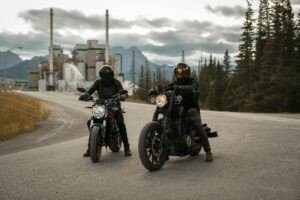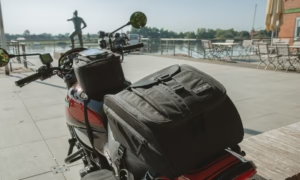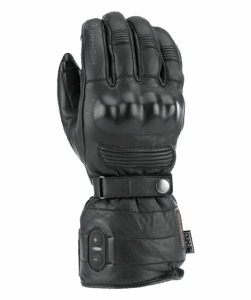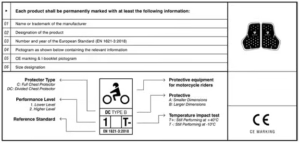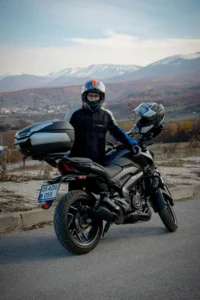Epic – Antarctica to Alaska Motorcycle Ride From the frozen, windswept silence of the South Pole to the desolate, Arctic...
Read MoreMotorcycle Riding Gloves
how to use this page ? first use the smart gear finder tool (at this link) to assess your needs. second see which type of gear listed below matches your needs. third check the buying guide and blogs to confirm your choices. fifth buy from retailer listed belw
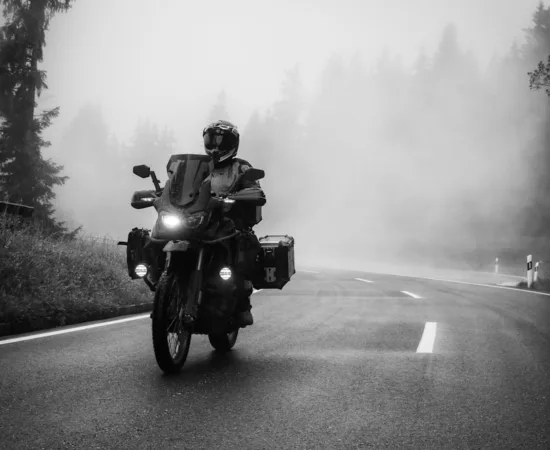
Touring Gloves
Use: Long-distance rides. Features: Full-gauntlet, waterproof, insulated, armored. Pros: Versatile, comfortable. Cons: Bulky in heat.
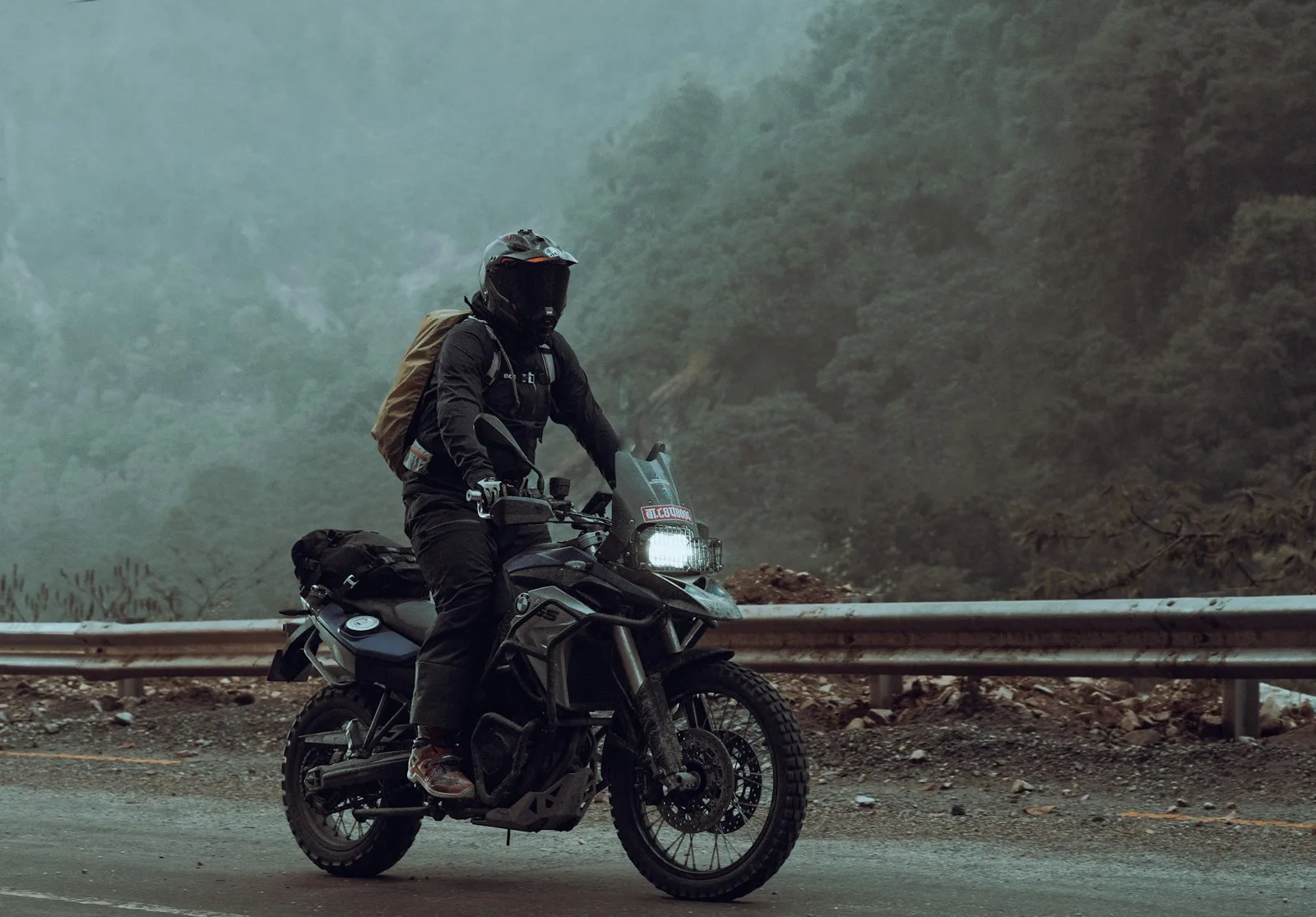
Adv / Waterproof Gloves
Use: On/off-road touring. Features: Reinforced palm, dual-layer leather, vented armor. Pros: Protection with airflow. Cons: Not for harsh winters
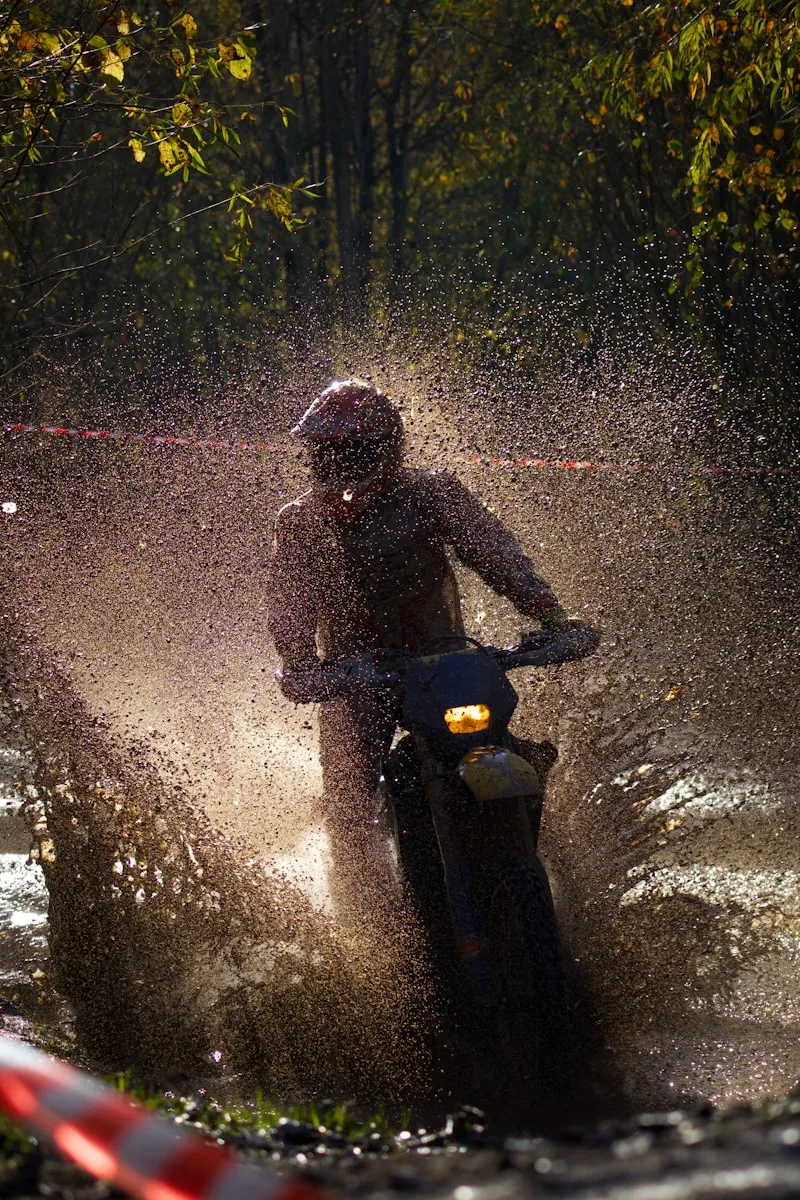
Enduro Gloves
Use: Dirt and off-road trails. Features: Reinforced palm, mesh, flexible fit. Pros: Excellent grip, airflow. Cons: Not warm in cold/wet.
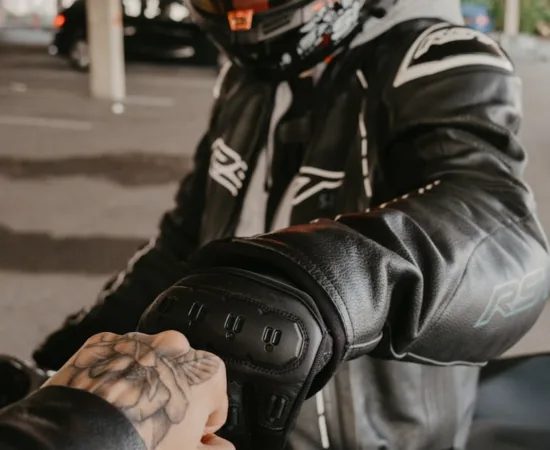
Winter / Heated Gloves
Use: Cold-weather, sub-zero touring. Features: Heated interiors, inuslated Pros: Usefull in extreme condition Cons: Requires power source, heavier
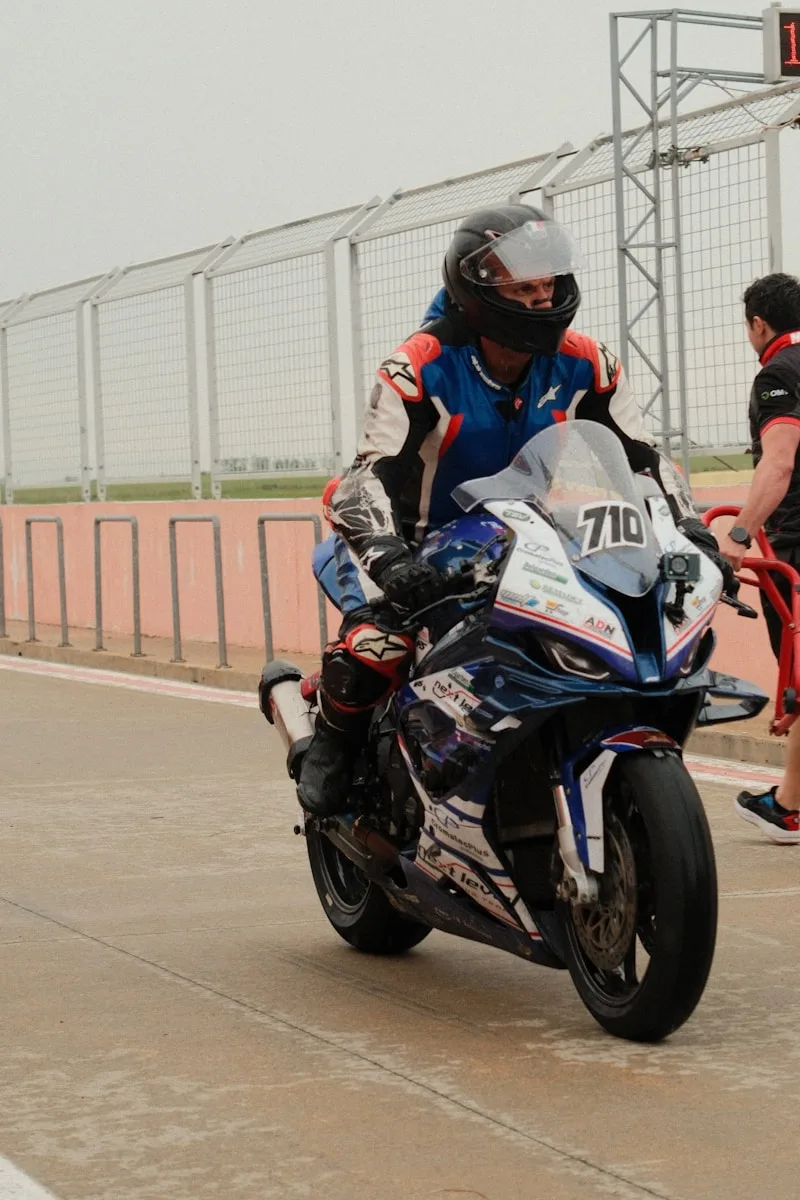
Track / Sports Gloves
Use: Track and sport riding. Features: Leather gauntlet, hard armor, palm sliders. Pros: Maximum impact resistance. Cons: Not for casual or cold use.
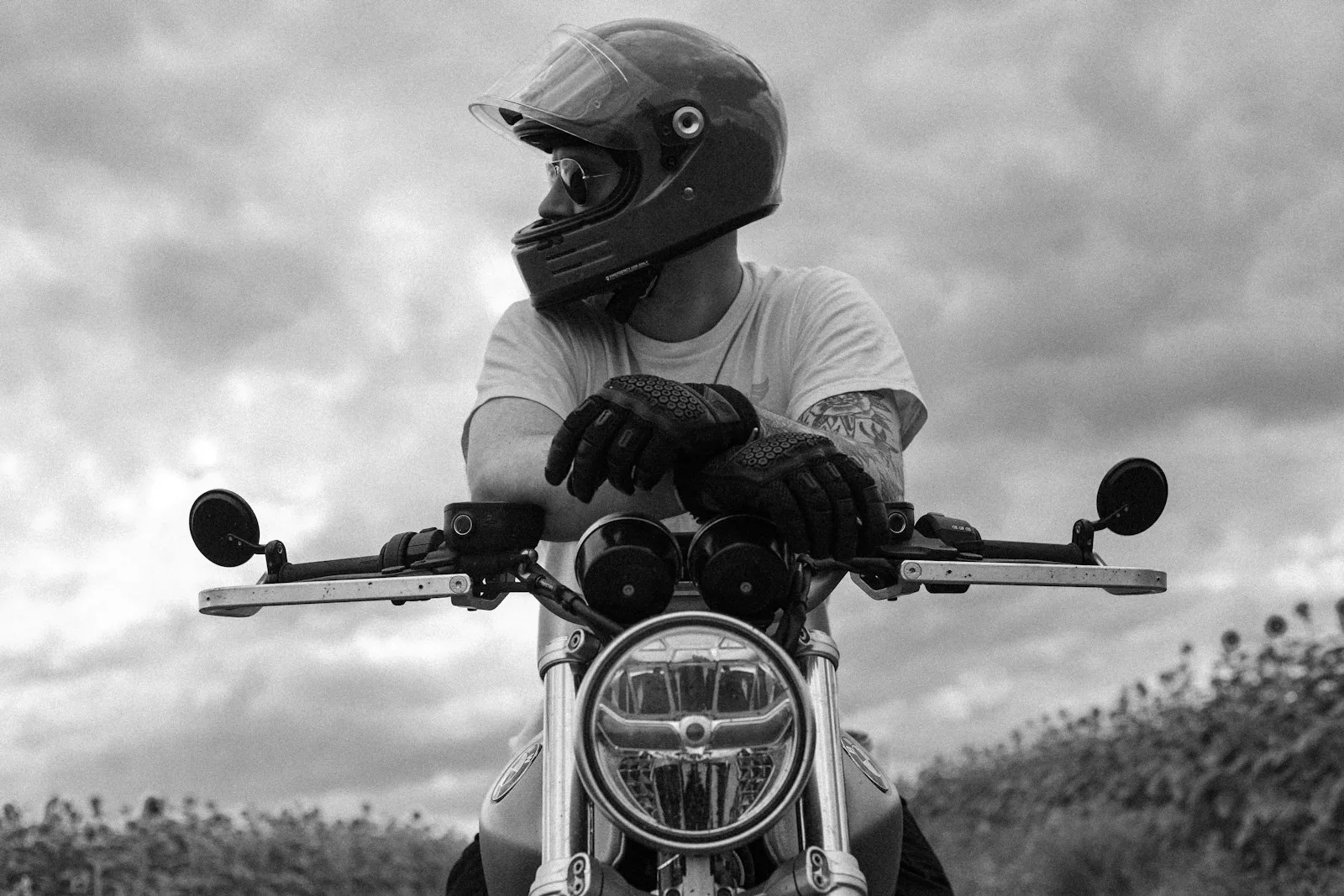
Commuter Gloves
Use: City commuting, short rides. Features: Short cuff, light armor, touchscreen tips. Pros: Lightweight, easy on/off. Cons: Limited coverage
goodgearhub affiliate network
You can shop from some of the worlds best retailers below. the goodgearhub affiliate network. today with grace we are lucky to have them in our network. any purchase you make might entitle us to a small commission with no extra cost to you.
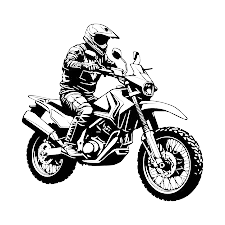
Motorcycle Riding Gear — USA
- RevZilla (USA) Shop RevZilla →
- JP Cycles (USA) Shop JP Cycles →
- MotoSport (USA) Shop MotoSport →
- Suunto (US / Global) Shop Suunto →
Motorcycle Riding Gear — Europe
- Belstaff (UK) Shop Belstaff
- Alpinestars — Shop Italy – Shop UK – Shop France – Shop Spain – Shop Denmark– Shop Rest of EU
- FC-Moto (DE / UK / FR) Shop FC-Moto →
- Motoin Shop Motoin — Austria • Shop Motoin — Denmark • Shop Motoin — Spain
goodgearhub detailed motorcycle jacket buying guide
How to Choose the Right Motorcycle Riding Gloves
Motorcycle riding gloves aren’t just about comfort or looks — they are your first line of defense when things go wrong. Your hands are often the first point of impact in a crash, and without proper protection, even a small fall can cause serious injury. Good gloves shield against abrasion, impact, vibration, and weather — all while allowing you to maintain grip and control.
Whether you’re doing a 15-minute city commute or a 1,500-kilometer touring ride, the right pair of gloves can mean the difference between riding on and calling for help.
Why You Shouldn’t Ride Without Motorcycle Riding Gloves
Many riders skip gloves in hot weather or use casual leather gloves meant for fashion, not protection. Here’s why that’s a mistake:
No abrasion resistance – Regular gloves can tear instantly in a slide.
No impact protection – Without knuckle armor and palm sliders, your hands are fully exposed.
Poor grip in wet conditions – Non-riding gloves get slippery when damp.
No vibration damping – Leads to fatigue and numbness on longer rides.
Motorcycle riding gloves are built with CE-certified materials, reinforced stitching, impact armor, palm sliders, weatherproofing, and grip-enhancing surfaces — all designed for real-world riding conditions.
Care and Maintenance of Motorcycle Riding Gloves
Wipe clean after every ride with a damp cloth.
Use leather conditioner on leather gloves every few months.
Air dry naturally — avoid direct sunlight or heat sources.
Store flat or gently folded, not stuffed into gear bags.
Check stitching and closures regularly.
Fit, Sizing & Comfort Tips — Read Before You Buy Motorcycle Riding Gloves
Fit First, Then Features
Gloves should fit snugly without cutting circulation.
No extra material at fingertips — affects control.
Ensure wrist closures can be tightened securely.
How to Measure Right (If Buying Online)
Measure palm circumference just below knuckles (excluding thumb).
Compare with brand’s size chart.
If between sizes, choose the snugger fit — gloves break in.
Lining & Material Considerations
Leather – Best for abrasion resistance and durability.
Textile – Lighter, better airflow, often waterproof.
Mixed – Leather palms with textile backs for balance.
Seasonal Fit Tips
Summer gloves – prioritize airflow and lightness.
Winter gloves – allow room for thermal liners.
Waterproof gloves – ensure fit isn’t overly tight after liner swelling.
Quick Recap — Motorcycle Riding Gloves Fit Tips Checklist
Measure palm circumference accurately.
Choose snug fit — gloves stretch with use.
Select materials for your climate and riding style.
Check armor placement while gripping handlebars.
Ensure closures are secure but comfortable.
goodgearProTips for Motorcycle Riding Gloves
Always wear gloves, even for short rides.
Racing gloves on the street? Only if you accept reduced comfort.
If riding in heavy rain, gauntlet gloves prevent water from running into sleeves.
Carry a second pair — one for summer, one for wet/cold weather.
Touchscreen fingertips save hassle at stops.
Best Motorcycle Rain Gear Guide 2025
Rain can surprise you at any moment, but that doesn't mean you can't be prepared! For all the enthusiastic riders...
Read MoreBest Motorcycle Riding Gear 2025
Best Motorcycle Riding Gear 2025 Welcome, fellow riders, to the most comprehensive guide on motorcycle gear you’ll find. In the...
Read MoreAirbag Jackets and Pants 2025 – Top Picks & Guide
The rain doesn't seek permission in the UK. It simply appears — halfway through your commute, at the start of...
Read MoreBest Motorcycle Heated Gear 2025 – Jackets, Gloves & Base Layers
Different bikes and riding moods call for different storage tricks. For instance, long tours usually put panniers at the top...
Read MoreBest CE-Approved Motorcycle Jackets for 2025
Every biker benefits from having a jacket that’s been through strict safety checks – it’s not just about style but...
Read MoreBest Winter Motorcycle Jackets 2025
Riding through a bitter European winter or hitting snow-choked American backroads really isn’t for the timid or those without the...
Read More

